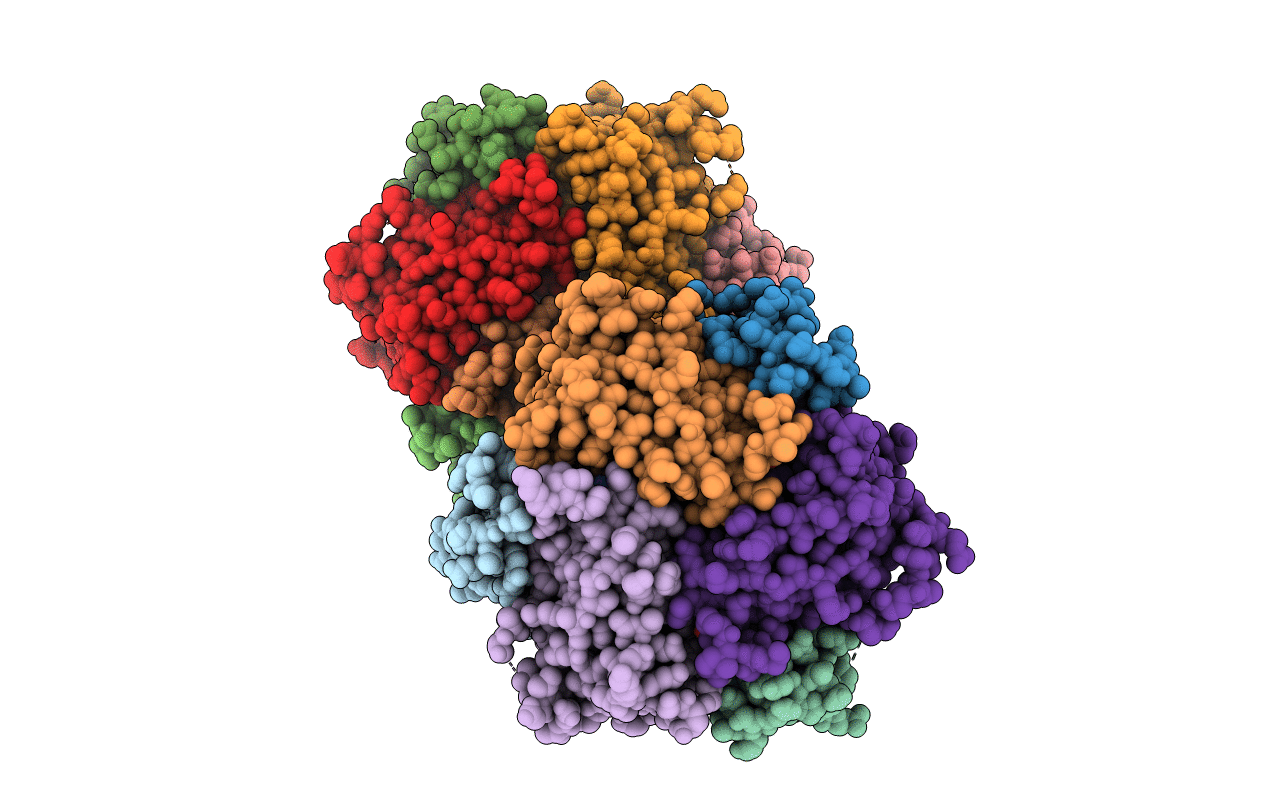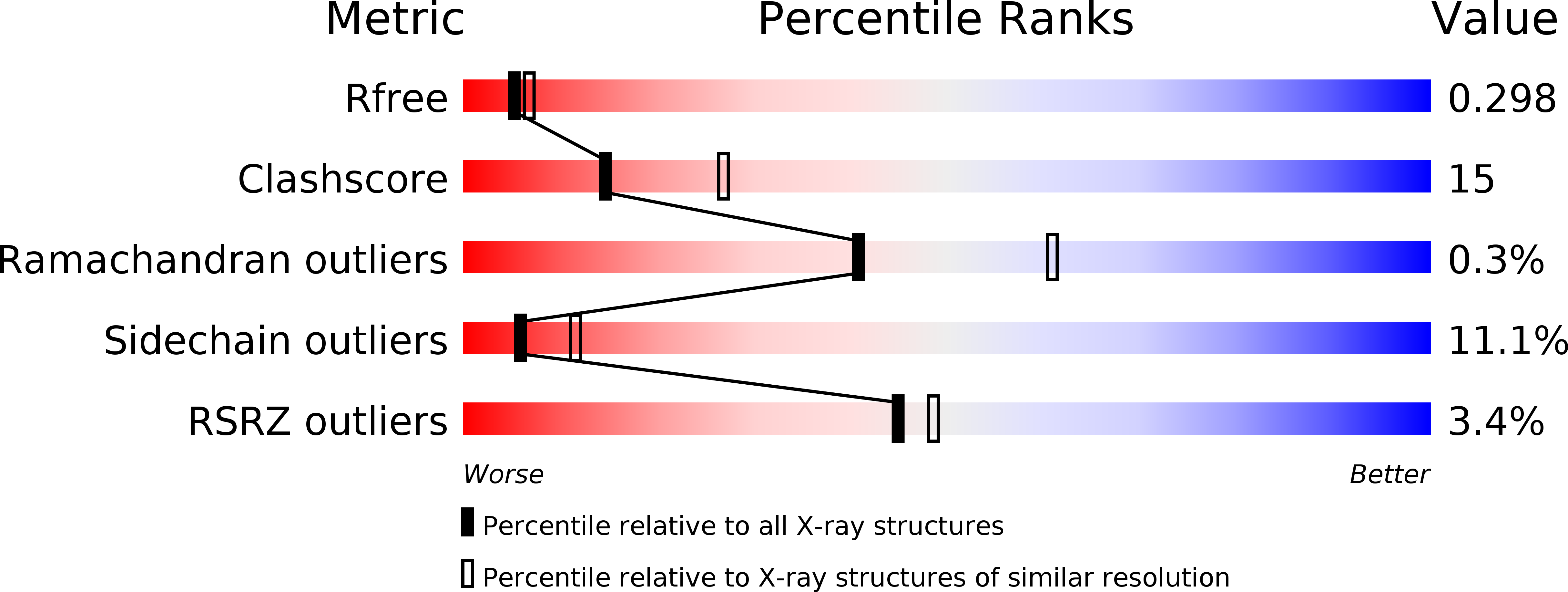
Deposition Date
2012-09-17
Release Date
2013-09-04
Last Version Date
2023-11-08
Entry Detail
PDB ID:
4H4L
Keywords:
Title:
Crystal Structure of ternary complex of HutP(HutP-L-His-Zn)
Biological Source:
Source Organism:
Bacillus subtilis (Taxon ID: 224308)
Host Organism:
Method Details:
Experimental Method:
Resolution:
2.50 Å
R-Value Free:
0.29
R-Value Work:
0.21
R-Value Observed:
0.22
Space Group:
P 3


